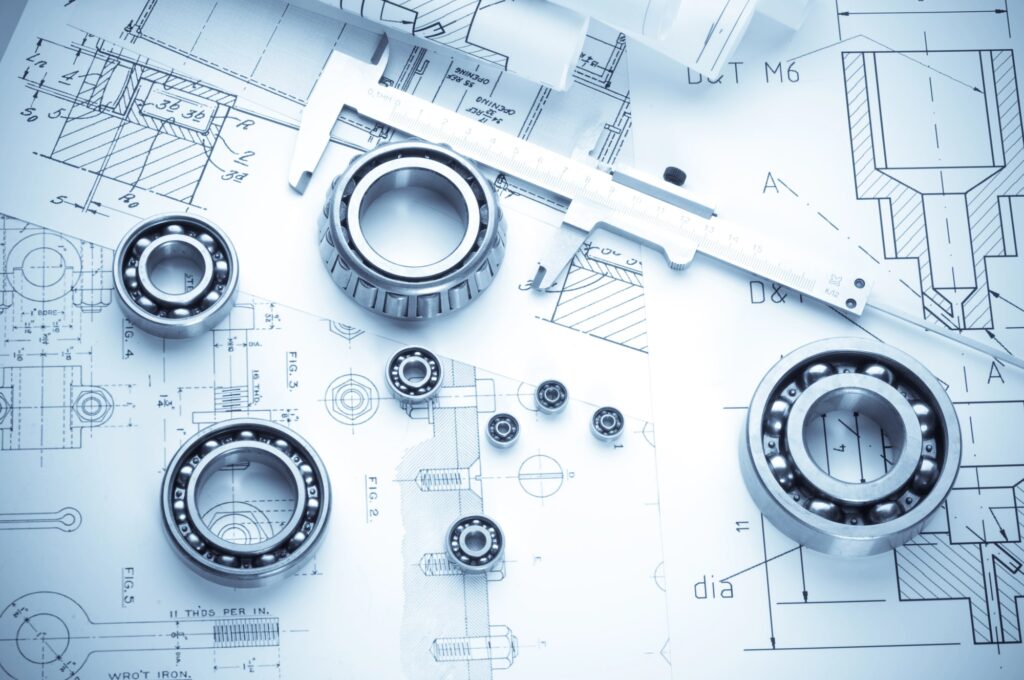The new book on the renowned Spanish architect Navarro Baldeweg offers a deep dive into his creative process. It blends architecture, painting, and sculpture.
More than a typical monograph, this work highlights the interplay between art and architecture. It does this through concrete projects and essays. These reflect both his design philosophy and artistic sensibilities.
Edited by Marotta, an expert in Spanish architecture, the book helps readers understand the harmonious relationship between different creative mediums. The book also helps readers understand the profound philosophy underlying Navarro’s work.
This blog post explores the book’s unique approach. It also discusses its reflections on time, creativity, and artistic interconnections. Lastly, it explains why this volume is an essential read for architects and art lovers alike.
Breaking Down the Interdisciplinary Genius of Navarro Baldeweg
What sets this book apart is its focus on the recurring themes that define Navarro Baldeweg’s career—intersections, balances, and tensions.
Organized into nineteen chapters, the book avoids an abstract exploration of concepts. Instead, it lays out specific projects that illustrate his integrated creative vision. By analyzing real-world examples, it demonstrates how Navarro’s works transcend traditional boundaries.
A Marriage of Art and Architecture
One of the book’s key strengths lies in its ability to draw connections between Navarro’s artistic and architectural works. Marotta expertly shows how his artistic endeavors in painting and sculpture are not separate from his work as an architect but rather extensions of it.
Book Your Dream Vacation Today
Flights | Hotels | Vacation Rentals | Rental Cars | Experiences
For instance, his time at MIT’s Center for Advanced Visual Studies in the 1970s profoundly influenced his holistic approach to creation. In Navarro’s own words, painting and architecture are manifestations of the same creative process executed at different scales.
The book highlights how this marriage of art and architecture is not merely a technique but a philosophy that informs every aspect of Navarro’s work. This perspective makes the book an insightful resource, inspiring architects to think beyond functionality and embrace a more comprehensive artistic vision.
Chronology as a Lens to Understand Creativity
Through a thoughtful chronology, the narrative explores the contrasting timelines of creating artwork and producing architectural marvels.
Nowhere is this clearer than in the detailed exploration of Rome’s Bibliotheca Hertziana, a project that took two decades to come to fruition.
By juxtaposing the immediacy of art with the long gestation period of architecture, Marotta offers readers a nuanced understanding of time as a critical element in creative processes. This perspective invites architects to consider patience and perseverance as integral parts of innovation.
Essential Themes Highlighted in the Book
From start to finish, the book underscores several essential themes that are foundational to Navarro Baldeweg’s work. These themes are crucial not only for understanding his portfolio but also for appreciating the larger relationship between creativity, structure, and artistic expression in modern architecture.
- Intersections: The book delves into how Navarro blurs the lines between artistic disciplines to create unified outcomes.
- Balances: Balancing artistry with functionality is a central challenge in architecture, one that Navarro masterfully navigates.
- Tensions: The creative tensions found in his projects result in dynamic, thought-provoking designs that push boundaries.
Navarro’s Philosophical Reflections
The concluding chapter sets this book apart from typical architectural monographs. Navarro draws parallels between his creative process and the literary realms of Balzac and Hofmannsthal.
By exploring these philosophical underpinnings, readers gain a deeper understanding of the intellectual frameworks that stay at the heart of his practice. This analytical approach expands the conversation on architecture, linking it to wider cultural and literary traditions.
The Necessity of a Spanish Translation
Originally written in Italian, this seminal work has now been translated into Spanish. This opens the door for Spanish-speaking audiences to engage with Navarro’s philosophy on a more accessible level.
The translation was not only a practical necessity but also a cultural one. Navarro’s contributions to Spanish architecture deserve to be studied within their native linguistic context.
This effort ensures that his groundbreaking ideas continue to inspire architects and artists within the Spanish-speaking world and beyond.
Final Thoughts
This book stands as a testament to Navarro Baldeweg’s ability to harmonize art and architecture. It offers profound insights into his creative journey.
Marotta’s meticulous exploration of projects and themes, combined with Navarro’s own reflections on creativity, makes this volume a must-read for those in the fields of architecture and the arts.
By transcending disciplinary boundaries, it challenges readers to reimagine what is possible when artistry and functionality are unified.
For architects and designers seeking inspiration, this book is more than a source of information. It’s an invitation to join a conversation about creativity that spans decades and disciplines.
Here is the source article for this story: Procesos compartidos – Ángela García de Paredes
Book Your Dream Vacation Today
Flights | Hotels | Vacation Rentals | Rental Cars | Experiences

